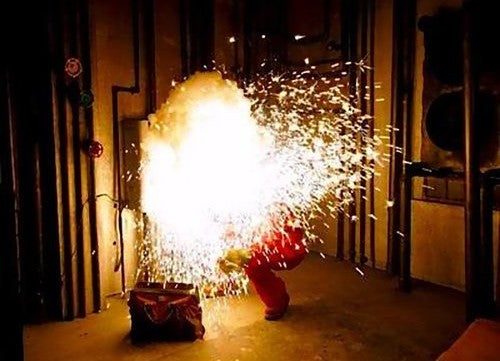Is It Time To Revisit Your Arc Flash Study?

The National Fire Protection Association (NFPA) requires that arc flash studies are conducted every five years, but sadly, many companies are pushing these dates as far as they can into the future. A key difficulty is that some see the studies as projects rather than continual processes that follow a cyclical timeframe.
The dangers of arc flash are well recorded, but many electrical incidents of this nature still take place in the UK, often leading to life-changing injuries. Although the Health and Safety Executive (HSE) has not published detailed breakdowns of electrical work accidents, figures from America are far more revealing, with the US National Safety Council recording 30,000 arc flash incidents a year. This translates to 7,000 burns, 2,000 of which are so severe they require hospitalisation.
According to the NFPA 70E-2018, Sec. 130.5(H) regulation, arc flash studies should be undertaken periodically and not exceed the five-year timeframe. Unfortunately, many companies are interpreting this legislation to mean that the study should be conducted after four years and 364 days, which is leading to workers being placed at unnecessary risk.
Seeing arc flash study as an ongoing process is imperative to safeguarding workers from the dangers of arc flash. As the current NFPE regulations continue to evolve, best practice dictates that ‘safety-related maintenance’ should be carried out at regular intervals.
What to review
With the old ‘labels only’ approach no longer being fit for purpose, all businesses who have identified a risk of arc flash should be keeping a much closer eye on arc flash studies as part of their overall electrical safety program.
In order to review your arc flash study and move away from the labels only approach, the following points must be considered:
- Recognition that arc flash labels are not the final point of a study, only a building block for a 360-degree approach to electrical safety
- Take into account the maintenance, testing and inspection of electrical equipment and how this data can be combined with the arc flash study
- Clear description of the electrical equipment maintenance program, regardless if maintenance is undertaken separately from data collection to inform the arc flash study
- Consideration that NFPA 70B suggests that electrical components receive some level of inspection, maintenance and testing within a period not exceeding three years.
With these points in mind, taking the time to revisit your arc flash study isn’t just best practice, it could potentially save lives.





